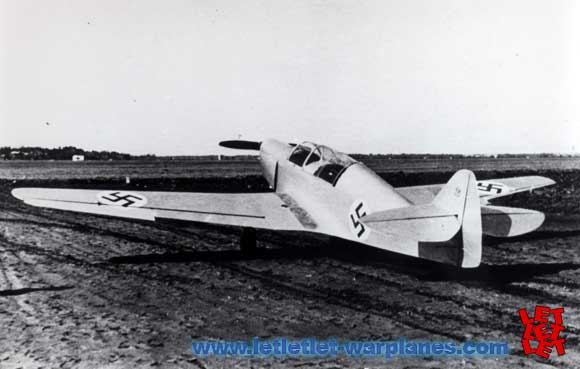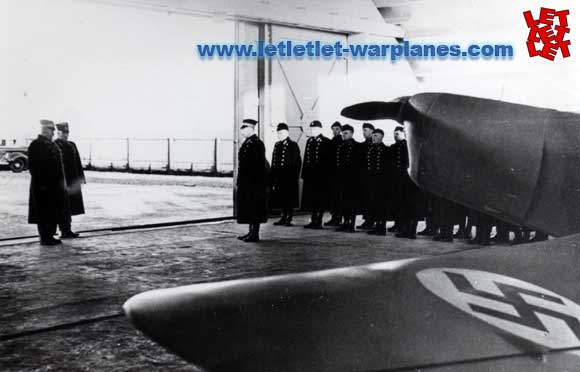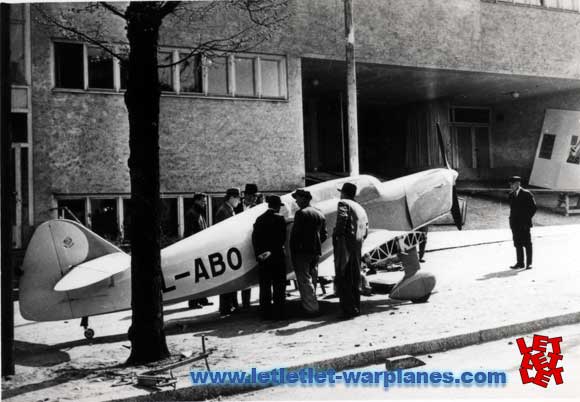Irbitis I-12
Latvia is less known as the country of the aircraft constructions but they did have its own constructions with roots going back in the years after the First World War. Karlis Irbitis is one of the pioneers of the aircrafts design in Latvia. In his early years Latvia was part of the Russia and he had chance to see some of the Russians war machines of the French origins. His early attempt to build aircraft fall when his Nieuport replica crashed so he turn his interest in the modeling.

Karlis Irbitis has enrolled into the Mechanical Engineering Facility and he has spent time in the work on the airframe maintenance for the new formed Latvian Air Force. Important moment was when he has met in 1925 Nicholas Pulins. Mr. Pulins have interest in light aviation and Irbitis has give influence to start build high wing monoplane with Anzani engine. Previously Pulins have interest in biplanes. With the financial support Irbitris make his first aircraft I-1 and it have maiden flight at 13th June 1925. I-1 was single seat airplane and follow to this is I-2, two seat aircraft and name Ikarus. Interesting that on I-2 both Irbitis and Pulins learn to fly.

After military service, Irbitis start work as designer in the A.S. Backman company and main work was focused on repairing of aircraft for Latvia. His first work was on Hansa Brandenburg W.29 and this was hard work due to the lack of the technical documentation. After several projects A.. Backman has bankrupted and closed in 1930 and Karlis Irbitis joined electric company Valsts Elektrotechniska Fabrika. In the 1935 he submit proposal to company to built aircraft and aircraft construction division was established in the same year with Irbitis as the head of the division. The very first project was I-11, powered with Minor 90 HP engine and its maiden flight was in July 1936. By the end of this year started work on the improved version I-12, in most aspect similar to the I-11. Main improvement goes to the wing construction and new wing have smaller chord/thickness ratio and other major improvement was positioning of the fuel tanks in the wing center section.

First flight was made at after its completion in June 1937. New aircraft proven good and it has used in several air competition in Europe. One machine was lost at 17. May 1938 during the International Aircraft Exhibition in Helsinki and that was machine register as YL-ABO. After the demonstrating of spin on height of 200 meters, pilot did not manage to recover airplane and aircraft crashed killing its pilot. Interesting to note is the non stop flight from London to Riga and at the controls was British pilot P. de W. Avery. Several machines was accepted for service and in 1939 I-12 was accepted by Air registration Board for sale in UK. Version of this aircraft include single seat fighter plane trainer where front cockpit is simply covered and canopy was single seat. In the 1939 V.E.F. I-12 was presented to the Latvian Air Force. They have later operated four I-12 of those two was converted as single seat trainers. Interesting that they also used gun camera for combat practices. Aircraft was painted Dark Green topside, with Light Grey lower wing surfaces. National insignia was Auskelis cross in Dark Red on a White disc are used in six positions. Serial number on fuselage was Black with a White outline.
Technical data
Crew: 1 or two
Length: 7.1 m
Wingspan: 9.3 m
Height: 1.9 m
Wing area: 11.3 m2
Empty weight: 458 kg
Gross weight: 680 kg
Powerplant: 1 × Blackburn Cirrus Minor 4-cylinder inverted inline , air cooled, 90 hp
Germany used two or three captured I-12 and interesting that they fell in hands from Soviets, who has captured this machines previously. In total twelve I-12 was built.
Srecko Bradic






Do you know of model plans for the I-12?